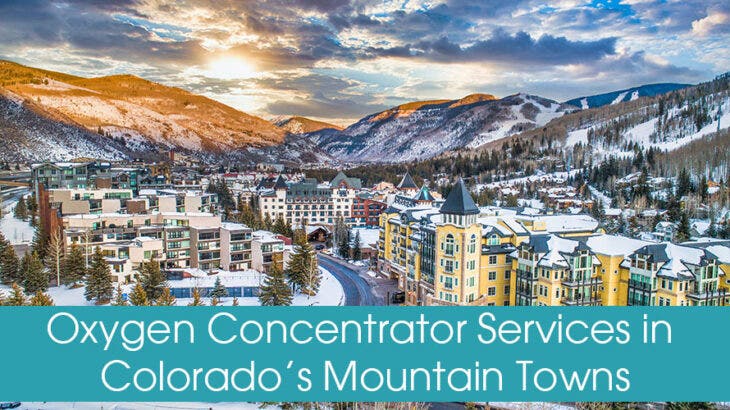
Whether you want to climb to the top of Japan’s Mt. Takao, or go hiking high in the Rocky Mountains, you will need to check oxygen concentrator specifications so you can safely reach these heights. Climbing quickly to high altitudes can be dangerous for anyone. Altitude sickness, also known as “Acute Mountain Sickness” or AMS, can happen to anyone because of the lack of oxygen in the air at high altitudes.






